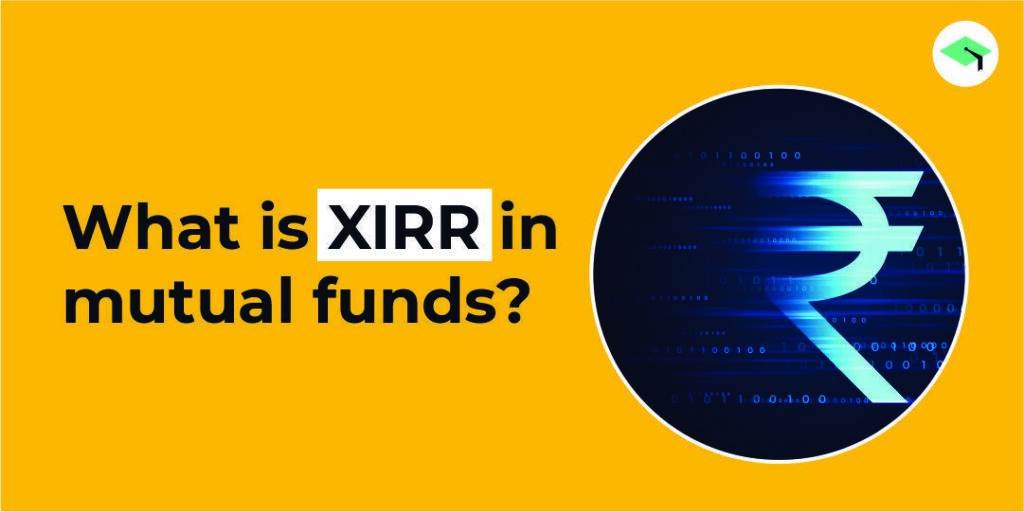Demystifying Exit Load: What Investors Should Know

In the previous article, we discussed NFO in mutual funds. In this article, we will discuss exit load in mutual funds
Investors should always be aware of the costs and charges related to their investments when it comes to money management because these prices and charges immediately reduce their returns.
For investors, some costs, such as fund management costs, may be inevitable because they increase the value of the mutual fund scheme.
However, if investors carefully prepare for their investment withdrawal, they may be able to avoid one such fee, such as the exit load.
What is an Exit load?
When investors redeem or withdraw their fund units, Asset management companies (AMCs) charge them a fee known as an exit load.
If an investor withdraws money from the fund within the lock-in period, it is also known as the exit penalty or commission to fund houses.
Not all mutual funds impose an exit fee. Hence, in addition to the plan’s expense ratio, take the exit load into account while making your decision.
It’s important to remember that the exit load is not included in the expense ratio. With open-ended funds, investors can withdraw their money whenever they wish. Investors may fail to commit to a fund for the time period they have promised to invest for.
As a result, an exit load discourages investors from withdrawing money from a fund too soon. The number of withdrawals from mutual fund schemes may decline because of this cost.

What is Open Ended Mutual Funds?
What is the Exit load in mutual funds?
The exit load often represents a portion of the investors’ mutual fund holdings’ Net Asset Value (NAV). The remaining amount is credited to the investor’s account after the AMC deducts the exit load from the overall NAV.
Imagine you invested in a mutual fund with a lock-in period of 1 year and an exit load of 2%. And you decide to withdraw the amount after 6 months when the fund’s NAV is at Rs.35 at the time of redemption.
You’d only receive Rs.34.30 as you’d have to pay the exit load penalty of 2% for withdrawing the amount before the investment period is over. The exit load will not be applied to the investor’s redemption if they stay invested for the full duration of the mutual fund.

Exit Load on Different Mutual Fund Schemes
Exit load is not applied uniformly across all mutual fund schemes. Some mutual fund schemes may charge an exit load for up to a two-year investment period, whereas other schemes may only charge for a seven-day investment period.
In addition, many schemes might decide not to impose any exit load at all.
The following are the general exit load guidelines for several mutual fund categories:
- If the holding period is less than the lock-in period, exit loads are typically imposed on redemptions by debt funds.
- If the holding duration is between one and two years, equity funds may normally impose an exit load on redemptions.
- On overnight schemes, there is no exit load.
- In liquid schemes, if the investment duration is less than seven days, a graded exit load may apply. As a result, as the holding period extends, the exit fee gradually decreases.
Where does the exit load go?
The AMC receives the exit load payment, which it then invests in the portfolio. AMCs must reinvest it into the plan portfolio, as per SEBI’s directive.
Thus, mutual fund companies give you the net redemption proceeds after keeping a portion of the redemption value as the exit load. It is then reinvested in the portfolio to continue providing benefits to the current investors.

XIRR in Mutual Funds
How can you avoid exit loads?
You can avoid the exit load if you redeem the fund after the specific time frame for which the load is applied.
To receive higher returns from your mutual fund investments, make sure to check the scheme’s exit load before investing in it and aim only to redeem when the exit load is no longer applicable.
How to calculate exit load in mutual funds
Most of the time, the fund manager decides on the exit load. Let’s say a person contributed Rs. 10,000 to a mutual fund scheme in January 2020. The scheme’s NAV is Rs. 100, and there is a 1% exit fee for early withdrawal.
The investor again chooses to invest Rs. 6,000 at a NAV of Rs. 100 in the same fund in March 2020. If they redeem the fund in November 2020, when the NAV is Rs. 110, how would you determine the exit fee?
In the event that the redemption occurs in February 2021 and the NAV is Rs. 115, how can you determine the exit fee?
| Number of Units bought in January 2020 | Rs. 10,000/100 = 100 (Total NAV/Number of Units bought) |
| Number of units bought in March 2020 | Rs. 6000/100 = 60 |
The investment of 10,000 in January 2020 and 6,000 in March 2020 will both have exit loads for redemptions in November 2020, based on the November NAV of Rs. 110.
| Exit Load | 1% of [(100 x 110) + (60 x 110)] = Rs 176 |
| The amount credited to the investor | 17600 – 176 = 17424 (Total NAV – Exit fee) |
| For the second investment in March 2020 | 1% of (60 X 115) = Rs. 69 |
The first investment made in January 2020 exceeds the one-year period in the event of redemption in February 2021.
Therefore, there is no exit load required to redeem it. However, the second investment made in March 2020 will be subject to an exit fee of 1%, as shown in the above table.
Conclusion
The assumption that the exit load time is always one year is incorrect. To learn about the exit load, which will always assist in making wise decisions, you should read the scheme information documents.
Mutual fund exit loads are designed to prevent early redemptions in order to protect investors’ interests in the scheme. Before investing, you should always be aware of the mutual fund exit load or mutual fund costs of a scheme.
FAQs
What is the exit load in mutual funds?
Exit load is a fee or amount charged by mutual fund houses when investors exit a scheme partially or fully during a specific period from the date of investment, as specified in the Scheme Information Document.
The exit load is usually a percentage of the redemption amount at applicable NAVs. The purpose of exit load is to discourage investors from withdrawing their investments too soon, which can impact the fund’s performance and returns.
Can exit load be avoided by investors?
Yes, exit load can be avoided by investors if they are smart about tracking when they bought the mutual fund units and when they plan to sell them.
If investors hold their investments for the exit load period specified in the scheme’s offer document, they can avoid paying the exit load. Additionally, investors can also consider investing in schemes that do not have an exit load or a lower exit load.
However, it is important to note that exit load is just one of the many factors to consider while investing in mutual funds, and investors should always do their due diligence before making any investment decisions.
Do all mutual fund schemes levy exit load?
No, not all mutual fund schemes levy exit load. Some schemes do not charge any exit fee. For example, liquid funds and overnight funds do not have an exit load as they are designed for short-term investments.
However, equity funds and debt funds may have an exit load, depending on the scheme’s investment objective and holding period.
How is exit load calculated?
The exit load structure of a scheme specifies two parameters – mutual fund fees charged as a percentage of the redemption amount at applicable NAVs and the exit load period (period from the date of purchase).
For example, if the exit load is 1% and the redemption amount is Rs. 10,000, the investor will have to pay Rs. 100 as exit load. The exit load period can vary from scheme to scheme and can range from a few days to a few years.
What is the difference between an entry load and an exit load?
An entry load is a fee charged by some mutual funds when investors purchase units in the fund. It is deducted from the investment amount and reduces the number of units allocated to the investor.
On the other hand, an exit load is a fee charged when investors sell or redeem their units. It is deducted from the redemption proceeds and reduces the amount received by the investor.
How can investors avoid paying exit loads?
Investors can avoid paying exit loads by holding their mutual fund units for the duration of the exit load period. For example, if a scheme has an exit load for the first year, investors can choose to redeem their units after the first year to avoid the exit load.
They can also choose to invest in schemes that do not charge an exit load or opt for schemes with a shorter exit load period.
It is important for investors to carefully read the scheme information document (SID) before investing to understand the exit load provisions and make informed decisions.
Are all mutual fund schemes subject to exit loads?
No, not all mutual fund schemes charge an exit load. The presence and amount of exit load vary from scheme to scheme.
Some schemes may charge an exit load for a certain period of time, such as within the first year of investment, while others may not charge any exit load at all.
The exit load guidelines are determined by the mutual fund company and are mentioned in the scheme information document (SID).
recommended reading














